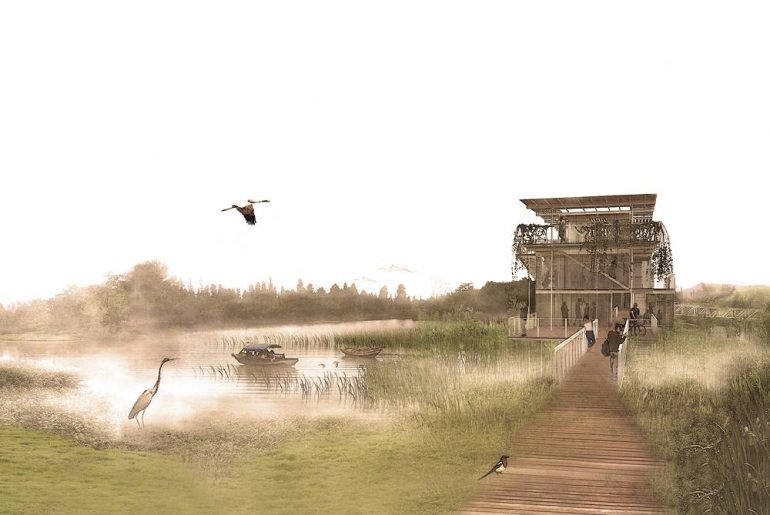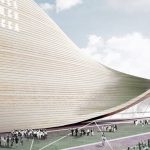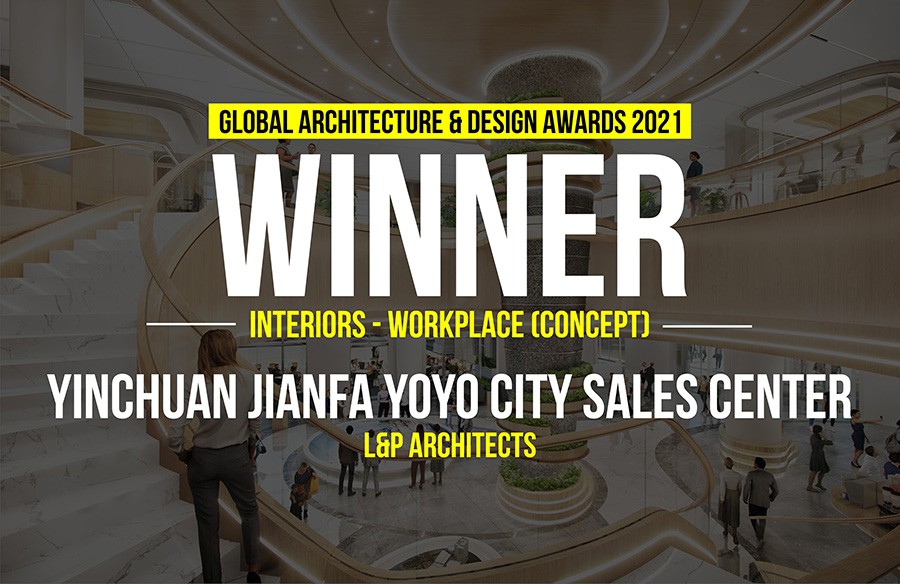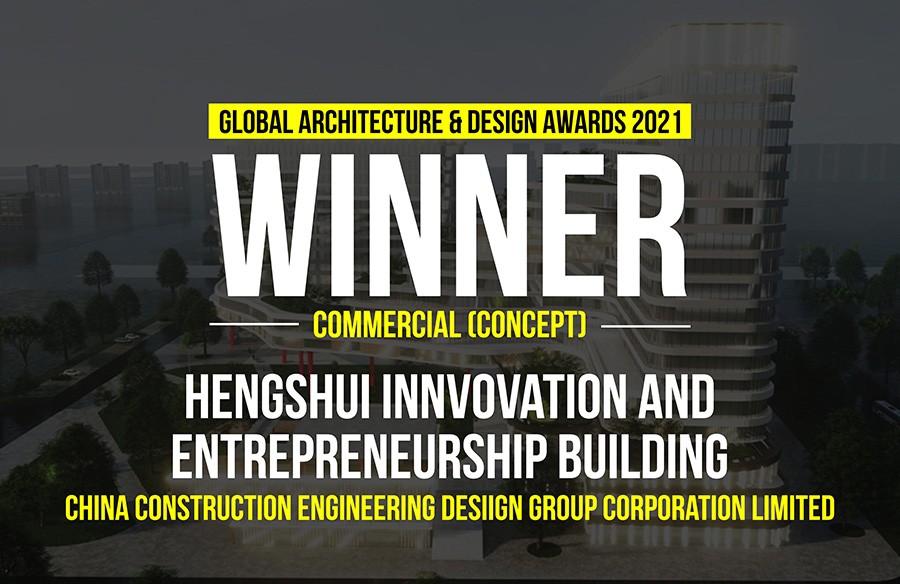Honorable Mention | Public Building (Concept)
Firm Name: Ana Olalla Melián
Participant Name: Ana Olalla Melián
Country : Spain

The developed theme is about the Clubhouse Museum of seals, paintings and caligraphy of Xiling in China. The project is located at the western province of Hangzhou, in the Xixi national wetland park, of great ecological value. The government of China is developing an urbanistic plan in the area without taking into account the environmental damages and consequences of the project. China is situated as one of the most polluted countries and the national wetland park can contribute to the decrease of the carbon dioxide emissions. From the 60 km2 of land in the national park, to date only remains 10km2 and which are endangered. The project seeks to prevent this to happen.

The Xixi wetland is an area which is temporarly or permanently inundated, determined by climate conditions and in constan interelation with the ecosystem. The wetland is composed by multiple dams and flatland, which allows a landscape view from the Museums sight. I decide to locate the project at the border line of the plot, right next to the wetland, where the natural changes can be best perceived, since one can almost see how the island almost disapears in the months of more volume of water. In this sense one will be able to perceive different sensations in different parts of the year while visiting the Museum.

The Museum will be elevated over pillars which will permit the wetland to be conditioned underneath the museum structure. I propose not only a landscape view museum but also a place to undertake different activities such as caligraphy and painting workshops, souvenir shops and a coffee shop. A place to be inhabitated by a diversity of birds or butterflies which form part of the ecosystem and at the same time will be integrated in the museum.
The museum will be perceived as an interactive space which offers the visitor a variety of experiences while being there. The Museum doesn´t want to be represented as a construction building but more like a transparent and integrated space within the ecosystem given. The museum will become part of nature showing respect towards the territory. The material used will be steel since it is a hard metal which is 100% biodegradable. The whole structure will be visible for the audience. Structural tubes will not be used and rather solid bars are chosen since there is a high percentage of humidity in the ambience.

During the construction of the museum a research has been done based on the lightness of the projects material been used with construction material that can be dismantled. This represents a sustainable construction teaching the industry the scheme of cradle to the cradle. Finally, energy efficiency solutions will be implemented such as solar panels and photovolatic in the roof top.
If you’ve missed participating in this award, don’t worry. RTF’s next series of Awards for Excellence in Architecture & Design – is open for Registration.
Click Here





![D525 Barcelona | sanzpont [arquitectura]](https://awards.re-thinkingthefuture.com/wp-content/uploads/2021/09/D525-Barcelona.jpg)


